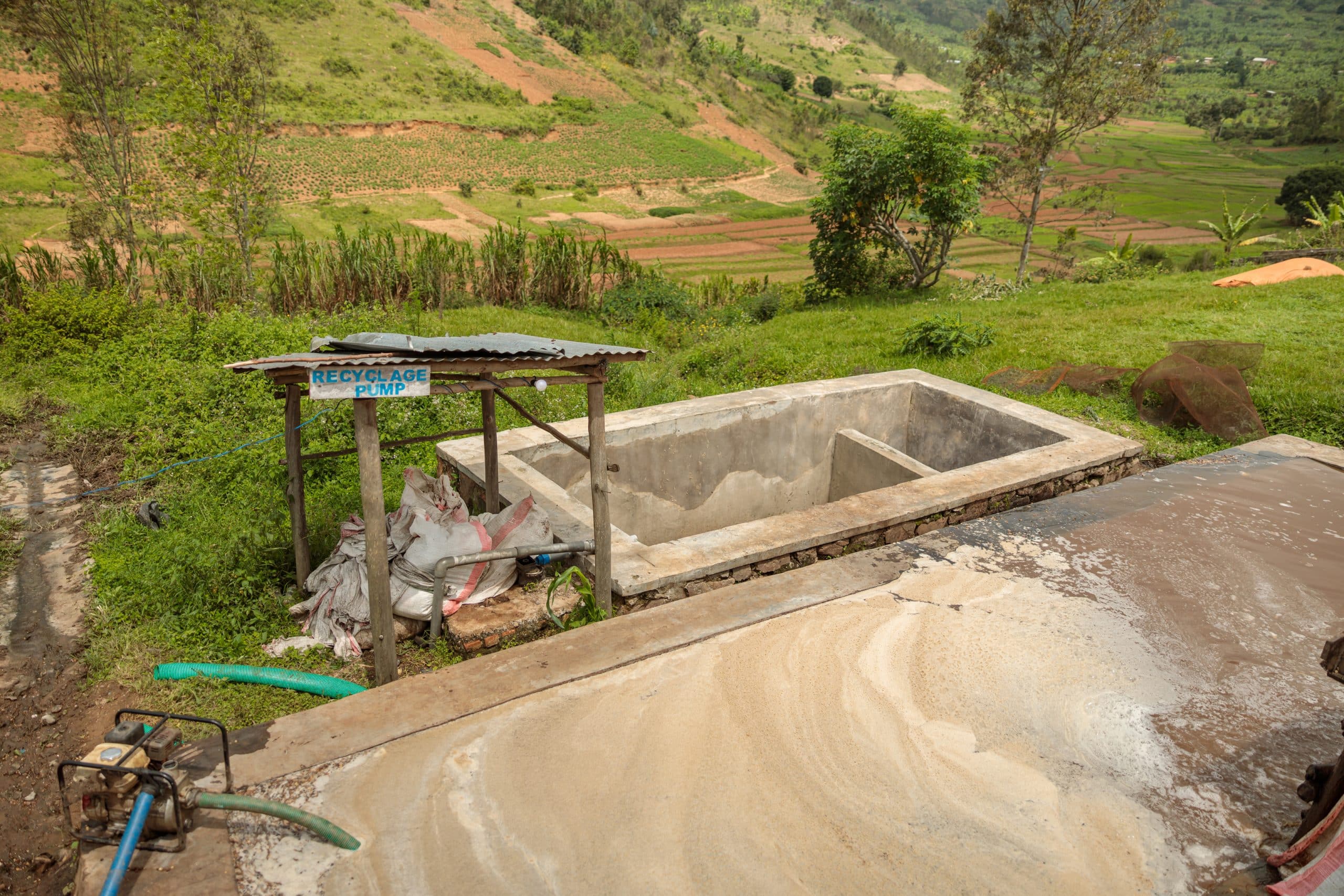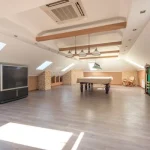Being environmentally conscious is no longer an option; it has become a necessity. And this practice begins right at home, in the heart of our dwelling areas – the kitchen. The kitchen is not only a room for food preparation, but it’s also the primary source of household waste. But what if your kitchen is small, and you don’t have enough space for multiple recycling bins?
In this article, we’ll provide a solution for that. We’ll show you how to design an efficient recycling station in a small kitchen without compromising on functionality or aesthetics. Whether you are contractors planning a kitchen renovation or homeowners looking for ways to reduce your carbon footprint, this guide will be of utmost value.
In parallel : What’s the Best Method for Creating a Dual-Purpose Room Divider with Book Storage?
Understanding the Importance of Kitchen Recycling
Before we delve into the design aspect, it’s crucial to comprehend why kitchen recycling is vital. According to the U.S Environmental Protection Agency (EPA), more than 75% of the total waste generated is recyclable, but only 30% is actually recycled. Moreover, a significant portion of this waste is generated in the kitchen, including food scraps, plastic containers, and packaging materials.
Therefore, having a dedicated recycling station in the kitchen not only helps reduce the environmental impact but also keeps the kitchen clean, organized, and free of clutter. Even if your kitchen is small with limited space, there are several innovative design ideas to accommodate a recycling station efficiently.
Also to discover : How to Choose Eco-Friendly Paints for a Baby’s Nursery?
Choosing the Right Bin for your Kitchen
The first step in setting up a recycling station is selecting the appropriate bins. With a variety of designs and sizes available in the market, choosing the right bin might seem overwhelming. However, the best bins will meet your specific requirements, including the type of waste you generate, the available space, and your design preferences.
For small kitchens, dual compartment bins are an excellent choice as they provide separate sections for waste and recyclables, thereby saving space. Moreover, these bins come in sleek designs and neutral colors to blend in with your kitchen cabinets or vanities.
In addition to the main bin, it’s also beneficial to have smaller containers for specific waste types, like compostable food scraps or glass. These containers can be stored in the cabinet under the sink or mounted inside the cabinet doors to save floor space.
Maximizing Storage with Clever Cabinet Designs
Cabinet designs play a critical role in creating an efficient recycling station in a small kitchen. They not only provide storage space for your bins but also help maintain the aesthetics of the room.
Kitchen cabinets with pull-out drawers are ideal for housing bins. These drawers are easy to access, and they keep the bins hidden away when not in use. For smaller waste containers, door-mounted bins are a smart choice. They make use of the often-overlooked space on the inside of cabinet doors.
If your existing cabinets do not have these features, don’t worry. Retrofitting your cabinets with pull-out mechanisms or door-mounted brackets is a relatively simple task for contractors or experienced DIYers.
Efficient Use of Space and Layout
Making the most of your available space is essential when designing a recycling station in a small kitchen. The layout of your recycling station should be intuitive and easily accessible. A well-thought-out placement will help to maintain a smooth workflow in your kitchen.
Ideally, the recycling station should be located close to where the waste is generated, such as near the food preparation area or the dishwasher. Corner spaces, which are often underutilized, could also be used efficiently to house your recycling bins.
Additionally, using vertical space by stacking bins or mounting them on walls or inside cabinet doors can also maximize storage in a small kitchen.
Incorporating Recycling into your Kitchen Decor
While functionality is a key aspect of a kitchen recycling station, it’s equally important that it fits seamlessly into your kitchen decor. The good news is that a recycling station need not be an eyesore. With some creative thinking, you can make it a stylish feature of your kitchen.
Recycling bins now come in various chic designs and attractive colors that can match your kitchen decor. You could also opt for custom-made bins that fit perfectly with your kitchen cabinets or vanities.
Moreover, using attractive labels or signs on your bins can add a personal touch and make recycling more enjoyable.
Remember, a well-designed kitchen recycling station not only makes recycling easier but also contributes to a cleaner, more organized, and more environmentally-friendly home. So no matter how small your kitchen is, there’s always room to recycle. Start planning your kitchen recycling station today!
Implementing a Work Triangle for Recycling
You might already be familiar with the concept of a work triangle in kitchen design. The work triangle is a concept that ensures your main kitchen tasks – cooking, cleaning, and food storage – are within easy reach. Similarly, a ‘Recycling Triangle’ can be established in your kitchen to ensure that separation, storage, and disposal of waste are convenient and efficient.
For instance, a recycling bin could be placed near the food preparation area for easy disposal of food waste. Various waste and recycling containers can be strategically placed to form a mini work triangle within the main kitchen work triangle. Consider putting smaller waste containers for compostable food scraps or glass near where these waste types are generated.
It’s important to keep these recycling stations as unobtrusive as possible. To do this, you can utilize clever cabinet designs and vertical spaces. For example, the main waste bin could be stored in a pull-out drawer or cabinet, while smaller containers could be door-mounted or stacked on a shelf. By doing this, you utilize space efficiently without disrupting the overall flow of the kitchen.
Moreover, general contractors can help implement ‘hidden’ recycling stations. These could be pull-out bins incorporated in the kitchen design or sliding bins that are easy to access yet concealed when not in use. Similarly, furniture outdoor can be used to house larger recycling bins, keeping them out of sight, yet accessible.
The Role of Lighting in a Recycling Station
Lighting plays a critical role in every aspect of kitchen design, and a recycling station is no exception. Good lighting makes the recycling process easier and more efficient, especially when you’re separating waste into different bins.
Consider installing lighting wall fixtures or under-cabinet lights near your recycling station. This can help illuminate the area, making it easier to see and sort your recyclables. The lighting should be bright enough to clearly distinguish between different types of waste, but not so harsh that it disturbs the overall ambience of the kitchen.
If your recycling station is hidden away inside a cabinet or drawer, consider installing automatic lights that switch on when the cabinet door is opened. This will make it easier to see what you’re doing without having to fumble for a light switch.
The choice of lighting can also add to the aesthetics of your kitchen. For instance, you can match the style and finish of your lighting fixtures with your kitchen decor or the bathroom vanity. This way, the recycling station will blend seamlessly with the rest of the kitchen.
Conclusion: Integrating Recycling Into Your Everyday Lifestyle
Creating an efficient recycling station in a small kitchen may seem challenging, but with some careful planning and strategic design, it’s definitely achievable. Remember, recycling is not just a task, but a lifestyle choice that contributes to a more sustainable and environmentally-friendly home.
It’s all about finding the right balance between functionality, aesthetics, and space optimization. With the right bins, clever cabinet designs, an efficient layout, and appropriate lighting, you can create a recycling station that not only makes waste management easier but also enhances your kitchen’s look and feel.
So whether you’re planning a kitchen renovation with the help of professional general contractors or looking to revamp your current kitchen, consider integrating a recycling station into your design. Not only will it help manage your kitchen waste effectively, but it will also contribute to reducing your carbon footprint. Remember, every step counts when it comes to leading a more sustainable lifestyle. So let’s start today and make recycling an integral part of our kitchen routines!











